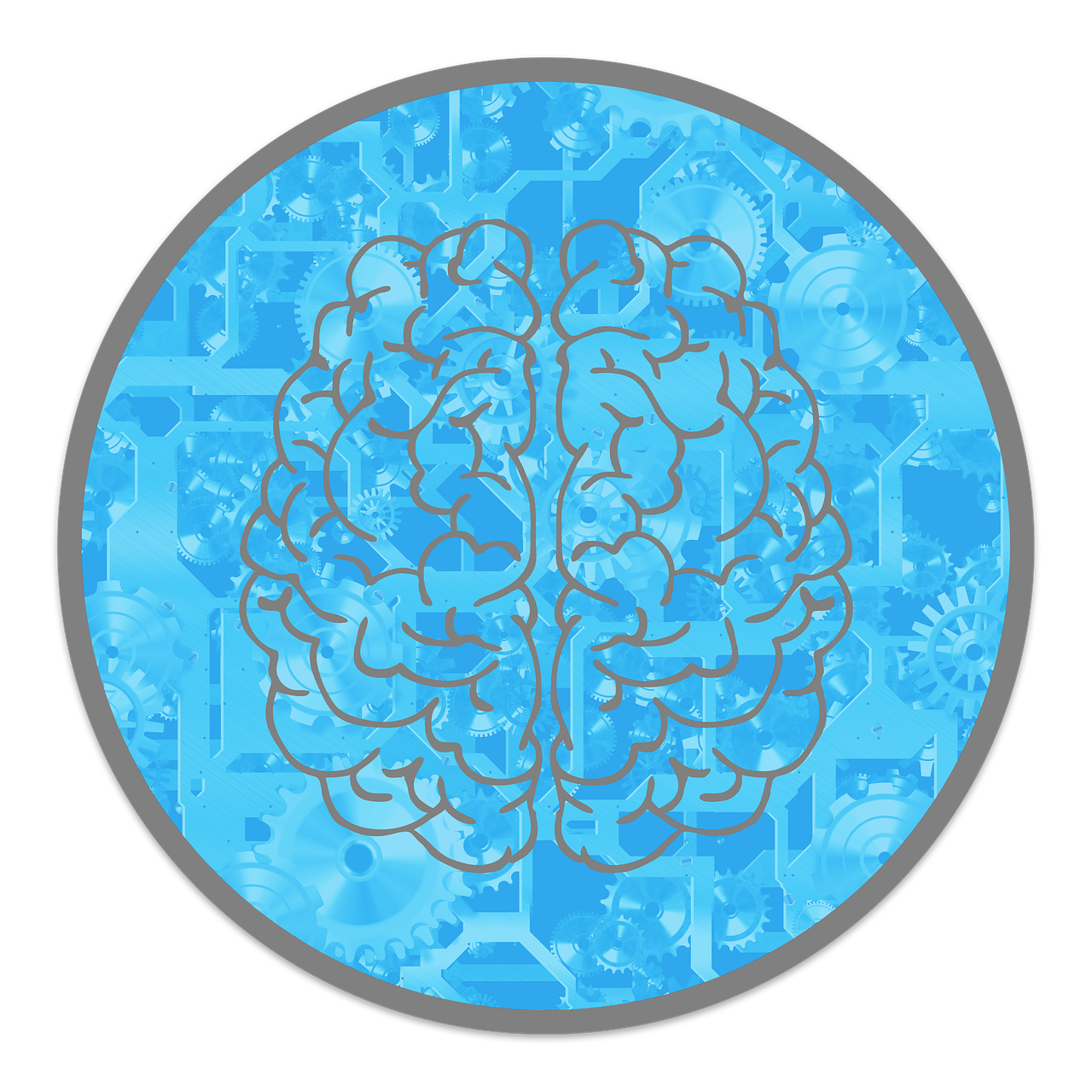
Throughout history, many rulers have shaped their empires in ways that continue to spark debate and discussion.
Their actions and decisions, often controversial, have left lasting impacts on their nations and the world.
This article explores the lives and legacies of some of the most debated figures in imperial history, examining how their reigns influenced the course of history and the lives of countless people.
Gaius Caligula (AD 12–41)
Gaius Julius Caesar Augustus Germanicus, commonly known as Caligula, became the Roman emperor in AD 37.
At first, people welcomed him because of his family background and the hope he brought.
However, his rule quickly turned controversial.
Caligula was known for his extreme spending and unpredictable behavior.
One of the most bizarre stories about him is that he planned to make his horse, Incitatus, a consul—a move that showed his lack of respect for Rome’s traditions and institutions.
His actions angered many, and in AD 41, his own guards assassinated him, ending his turbulent reign.
Nero (37–68 AD)

Nero Claudius Caesar Augustus Germanicus ruled Rome from AD 54 to 68 and is remembered as one of its most infamous emperors.
His reign was marked by cruelty, excess, and the Great Fire of Rome in AD 64.
While some stories claim he played music while the city burned, historians debate how accurate these accounts are.
Nero also persecuted Christians and was accused of killing members of his own family.
As rebellion grew against him, he chose to take his own life in AD 68, bringing an end to the Julio-Claudian dynasty.
Ivan IV “The Terrible” (1530–1584)
Ivan IV Vasilyevich, often called Ivan the Terrible, was Russia’s first tsar.
He ruled from 1547 to 1584 and is remembered for both his achievements and his brutality.
Early in his reign, he expanded Russia’s territory and strengthened its central government.
However, his later years were marked by paranoia and extreme violence.
He created the Oprichnina, a policy that led to widespread executions and the destruction of many Russian regions.
Ivan’s personal life was also turbulent—during a moment of rage, he accidentally killed his own son, Ivan Ivanovich, in 1581.
This tragic event added to his reputation as a harsh and unpredictable ruler.
Genghis Khan (1162–1227)
Born as Temujin, Genghis Khan rose to become one of history’s most powerful leaders.
He founded the Mongol Empire, which grew into the largest connected empire the world has ever seen.
Genghis Khan was a brilliant military strategist, but his campaigns were also incredibly destructive.
Millions of people died as a result of his invasions, with some estimates suggesting his actions reduced the global population by 11%.
Despite this, he also introduced progressive policies, like promoting people based on merit rather than birth, and he helped revive trade routes like the Silk Road.
His legacy is a mix of immense destruction and significant contributions to the unification and development of vast territories.
King Leopold II of Belgium (1835–1909)

King Leopold II of Belgium ruled the Congo Free State from 1885 to 1908, a period marked by extreme cruelty and exploitation.
While he claimed his actions were for humanitarian purposes, his true goal was to profit from the Congo’s resources, especially rubber.
His regime forced local populations into brutal labor, leading to widespread suffering, mutilations, and the deaths of millions.
The international community eventually condemned his actions, and in 1908, the Belgian government took control of the Congo, ending Leopold’s personal rule.
His legacy remains a stark reminder of the horrors of colonialism and the abuse of power.
Attila the Hun (406–453)
Attila, the leader of the Huns from 434 to 453, was one of history’s most feared conquerors.
Known as the “Scourge of God,” he led invasions across vast regions, from the Balkans to Gaul, leaving a trail of destruction in his wake.
His fierce tactics and relentless campaigns made him a formidable enemy of the Roman Empire.
Despite his reputation as a ruthless warrior, Attila’s life ended unexpectedly in 453.
According to legend, he died from a severe nosebleed on his wedding night.
His sudden death marked the decline of the Hunnic Empire, but his name remains synonymous with power and devastation.
Pol Pot (1925–1998)
Pol Pot, the leader of the Khmer Rouge, was responsible for one of the most devastating genocides in modern history.
From 1975 to 1979, his regime aimed to create a classless, agricultural society in Cambodia.
This radical vision led to the deaths of around 1.7 million people through starvation, forced labor, and mass executions.
The infamous “Killing Fields” serve as a haunting reminder of the horrors inflicted under his rule.
Pol Pot’s legacy is a tragic example of how extreme ideologies can lead to unimaginable suffering and loss.
Elagabalus (203–222)

Marcus Aurelius Antoninus, known as Elagabalus, became the Roman emperor at just 14 years old.
His reign, from 218 to 222, was short but filled with controversy.
He tried to replace traditional Roman gods with the Syrian sun god Elagabal, which angered many.
His eccentric behavior and disregard for Roman traditions made him deeply unpopular.
At the age of 18, his own guards assassinated him, ending his turbulent rule.
Elagabalus’s story highlights the dangers of inexperience and the challenges of leadership, especially when it clashes with cultural norms.
Francisco Pizarro (1476–1541)
Francisco Pizarro, a Spanish conquistador, is best known for his conquest of the Inca Empire.
In 1532, he captured Atahualpa, the Incan emperor, and later executed him, which led to the collapse of the Inca civilization.
Pizarro’s pursuit of gold and his efforts to expand Spanish territories came at a great cost—countless indigenous lives were lost, and entire cultures were destroyed.
His actions are a stark example of the devastating effects of European colonization in the Americas, leaving a legacy of exploitation and suffering.
Shaka Zulu (1787–1828)

Shaka Zulu, the founder of the Zulu Kingdom, transformed warfare in Southern Africa with his innovative military strategies.
His leadership helped expand the Zulu Kingdom’s power and influence.
However, his reign was also marked by extreme brutality.
Shaka executed many of his opponents and enforced harsh discipline within his army, leading to widespread fear.
While he is celebrated as a nation-builder, his violent methods have sparked debates about whether he should also be remembered as a tyrant.
Final Thoughts
The legacies of these rulers are far from simple.
While they achieved remarkable feats, their actions also caused significant harm and suffering.
Their stories remind us of the immense power leaders hold and the lasting consequences of their decisions—both good and bad.
These historical figures challenge us to reflect on how leadership shapes nations and the lives of people, leaving lessons that resonate even today.



